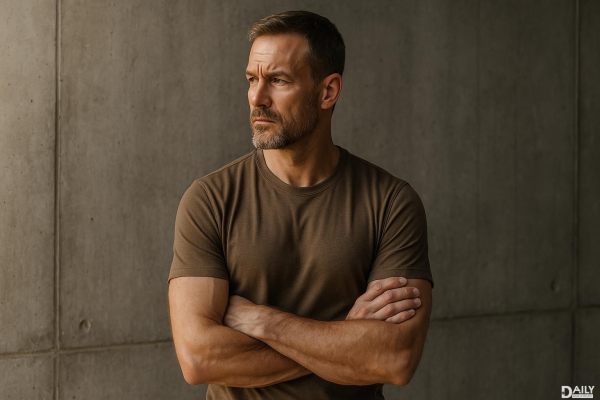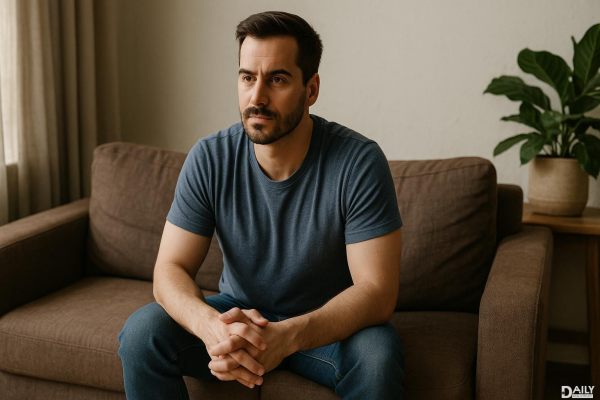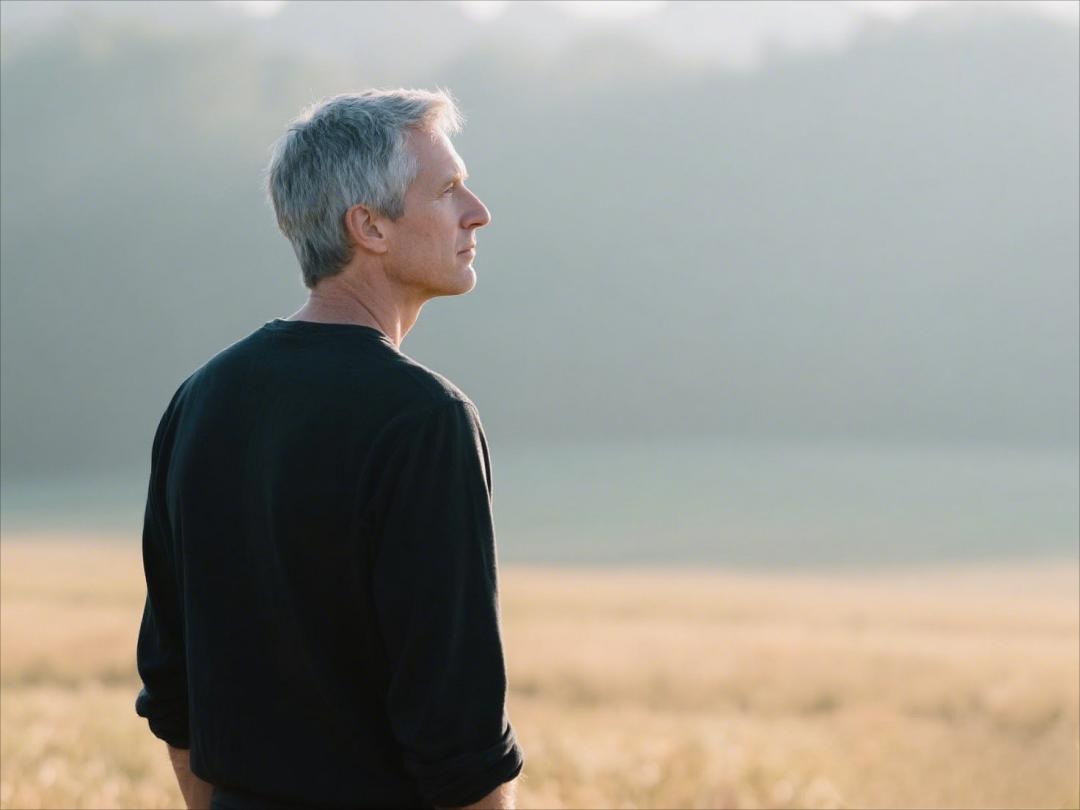The masculine archetype today isn't about flexing muscles or dominating every room—it's about redefining strength in a way that actually serves modern men. Gone are the days when masculinity was a one-size-fits-all blueprint of stoicism and suppression. Now, it's a dynamic mix of emotional intelligence, resilience, and authenticity—traits that help men navigate relationships, careers, and personal growth without losing themselves in outdated stereotypes. The modern masculine archetype isn't a cage; it's a toolkit.

Let's be real—the "strong silent type" model is collecting dust. Early masculinity was survival-driven (think hunting mammoths and guarding caves), then morphed into industrial-era rigidity (stoic breadwinners clocking in at factories). But today? Men are expected to be emotionally present partners, engaged fathers, and self-aware professionals—all while staying physically capable. This isn't about abandoning traditional strengths; it's about upgrading them. Research shows Gen Z and millennial men prioritize vulnerability 34% more than older generations, proving emotional agility is the new bench press.
Four key traits define today's healthy masculine archetype: Purpose (having mission-driven focus beyond ego), Accountability (owning mistakes without deflection), Adaptability (replacing rigidness with creative problem-solving), and Nurturance (yes, tenderness is strength). Psychology Today notes men who integrate these report 27% higher life satisfaction. Take nurturance—the ability to comfort a crying child or support a grieving friend requires more courage than any bar fight ever did.
Problem arises when men treat masculinity as performance art—the "always tough" act that leaves them isolated. Studies link hyper-masculine posturing to increased suicide risks (men account for 80% of suicides) and cardiovascular disease (from stress suppression). The "lone wolf" archetype is particularly dangerous; MRI scans show men lacking platonic touch suffer dopamine deficits similar to malnutrition. Healthy masculinity means knowing when to ask for help—whether that's therapy, leaning on friends, or ugly-crying during Pixar movies.
From Don Draper's toxic charm to Jordan Peterson's lobster hierarchy, media sends mixed signals. But positive examples exist: Pedro Pascal's blend of humor and protectiveness in "The Last of Us" or Keanu Reeves' quiet humility off-screen model integrated masculinity. The key? Consume media critically. That gym bro influencer preaching 24/7 aggression probably has the emotional range of a potato—real men know balance.
Start small: Journaling emotions (no, it's not "girly"), initiating deeper conversations with male friends ("How're you really doing?"), and redefining self-care as maintenance, not indulgence. Workplace tip: Replace "dominate the meeting" with "elevate the discussion." Relationships thrive when men articulate needs instead of passive-aggressive sighs. Remember—being secure enough to say "I don't know" or "I need space" is peak masculinity.
Ultimately, the modern masculine archetype isn't about perfection—it's about progression. It's the courage to both lift weights and lift others up, to lead without controlling, to feel deeply without fearing weakness. The healthiest men aren't those clinging to 1950s ideals; they're the ones writing new rules with wisdom from the past and flexibility for the future. That's not just masculinity—that's mastery.
























